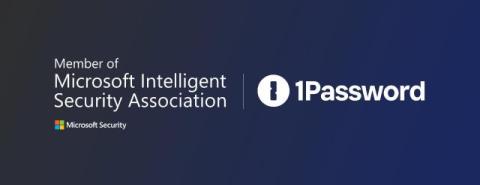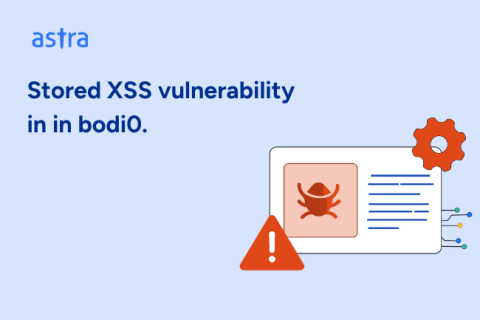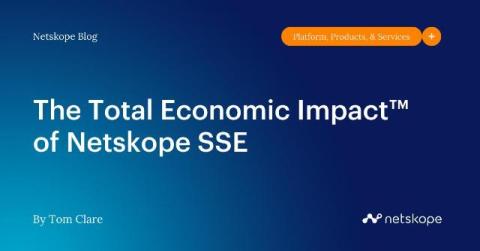1Password has joined the Microsoft Intelligent Security Association
Here at 1Password, we’re on a mission to help businesses of all sizes secure every sign-in for every app. To achieve that goal, it’s important that our solutions integrate with and elevate organizations’ existing infrastructure.











